30 Movie Flops That Became Cult Classics
The rise of the underdog
Harold & Maude (1971)
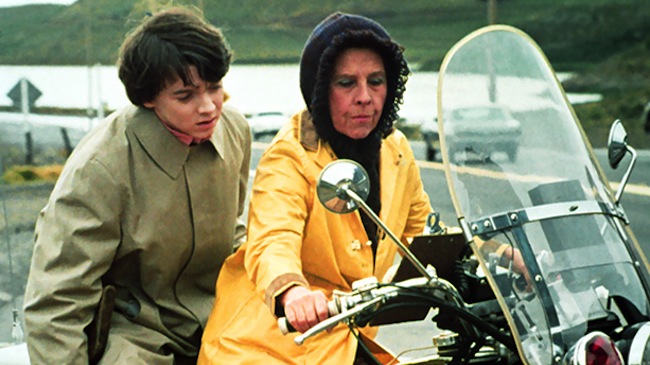
The Movie: A dark dramedy about a young man searching for meaning in his life, who finds a kindred spirit in the geriatric embrace of a much older woman.
The Flop: The synopsis alone was sufficient to intimidate studio heads, who were unsure of how to market Hal Ashby’s subtle allegory on unconventional rules of romance and companionship. The slew of negative reviews that followed hindered its chances for success.
How It Became A Cult Classic: Years after release it found a welcome home in the darkened midnight screening theatres in college towns across America, propelling it to cult status - and giving critics a reason to re-evaluate the flick.
Showgirls (1995)
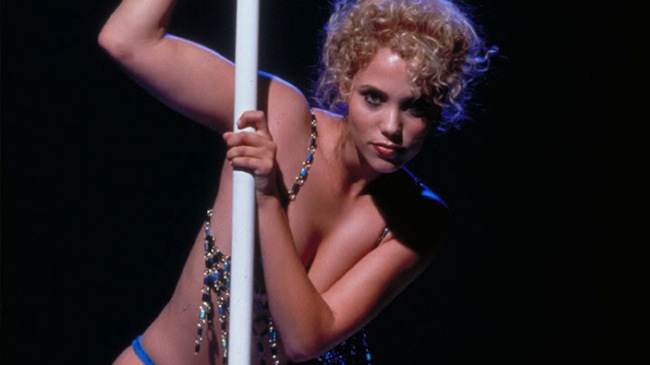
The Movie: A rags-to-riches tale of the naive Nomi Malone (Elizabeth Berkley) whose dreams of becoming a Las Vegas showgirl finally come true.
The Flop: Relentlessly mocked upon release, with much of the blame for the film’s melodramatic camp landing squarely on Berkeley’s shoulders, critics savagely tore at Paul Verhoeven’s NC-17 rated yarn. It recouped $20 million of its $45 million budget.
How It Became A Cult Classic: The overacting, hammy dialogue, and the preponderance of excessive toplessness catapulted Showgirls high into the canon of “so bad it’s good” cinema. On home video it cleaned up nicely, bringing in over $100 million in rentals - supplemented by the ironic midnight screening treatment to draw in the counterculture crowd.
Scott Pilgrim Vs. The World (2010)
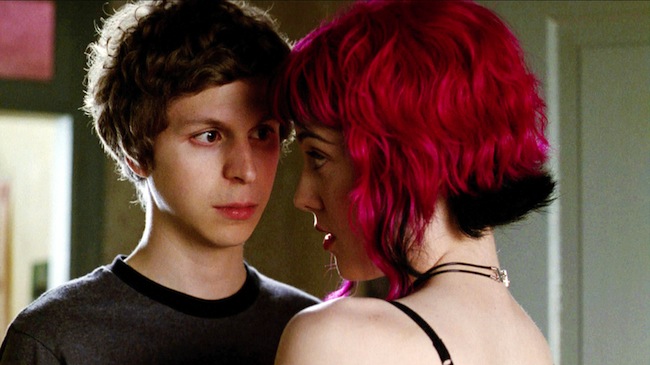
The Movie: In Edgar Wright’s comic book adaptation, musician Scott Pilgrim (Michael Cera) must battle his girlfriend’s seven evil exes who are all after his head.
Sign up for the Total Film Newsletter
Bringing all the latest movie news, features, and reviews to your inbox
The Flop: Due to a marketing mishap, of its $85 million budget, the movie cleared $47 million at the box office. Leading man Cera harboured no hard feelings over its dire straits, telling interviewers it was “a tricky one to sell.”
How It Became A Cult Classic: Its mash-up of video game-influenced fight sequences and nerd culture transformed this box office underperformer into a smash on DVD. During its first week of release it sold nearly 200,000 copies.
Office Space (1999)
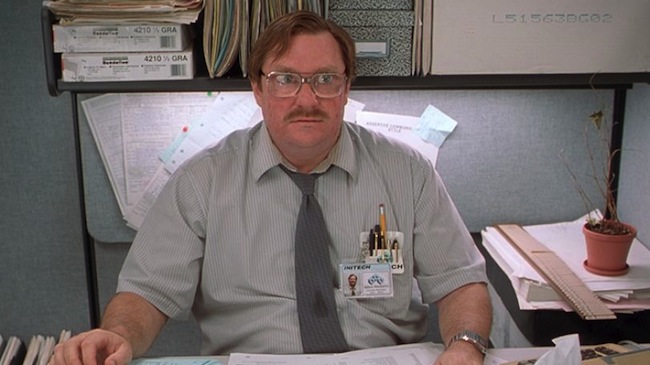
The Movie: Mike Judge’s first live-action movie is a satirical workplace comedy that follows a group of disillusioned cubicle workers at a software company and their aspirations to outwit their slimy boss.
The Flop: A misjudged marketing campaign left this snappy comedy high and dry, with a poor box office haul of only $10.8 million.
How It Became A Cult Classic: Largely due to its break-out on DVD, where it made $7.6 million, a handful of killer one-liners wheedled their way into the public lexicon. Phrases such as “a bad case of the mondays” and “pieces of flair” have since become synonymous with disgruntled office banter.
Fear And Loathing In Las Vegas (1998)
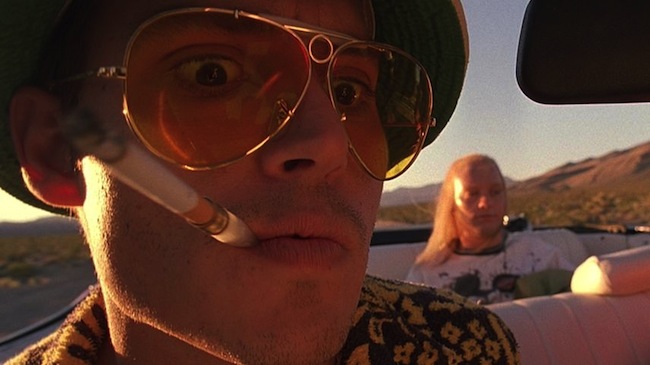
The Movie: A hallucinatory jaunt across the baked deserts of Nevada and California, Terry Gilliam adapted Hunter S. Thompson’s fragmentary novel into a surreal insight delving into the life of journalist Gonzo (Johnny Depp).
The Flop: The majority of critical reaction was initially unfavourable, leading to a $10.5 million box office return on its $18 million budget.
How It Became A Cult Classic: Trickling its way into the public consciousness years later via DVD, the release of a corking Criterion edition and subsequent critical reconsideration paved the way for its cult status.
Donnie Darko (2001)
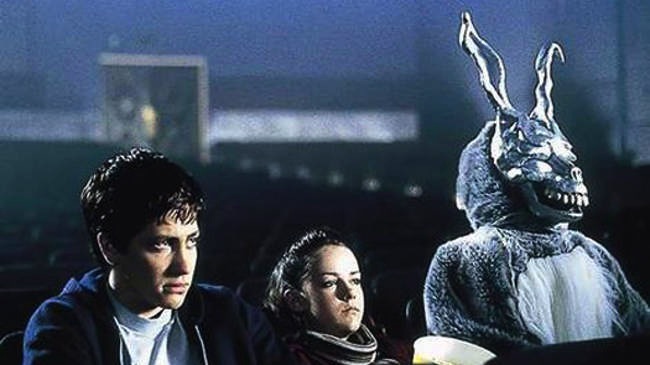
The Movie: First-time director Richard Kelly’s teen angst sci-fi headscratcher cast newbie Jake Gyllenhaal as the titular teen visited by a giant rabbit called Frank. Kickstarting a series of bizarre events, Donnie must embark on an quest to ensure the world’s survival.
The Flop: Despite a strong critical reception, its five-month run in the U.S. only reaped $514,000 against a budget of $4.5 million.
How It Became A Cult Classic: The movie’s release onto DVD changed the tides for Kelly’s quirky effort, where it acquired a huge following that prompted the release of the director’s cut. Much of which was spearheaded by the Pioneer Theatre in New York - their midnight showings began in March 2002 and lasted for 28 consecutive months!
Fight Club (1999)
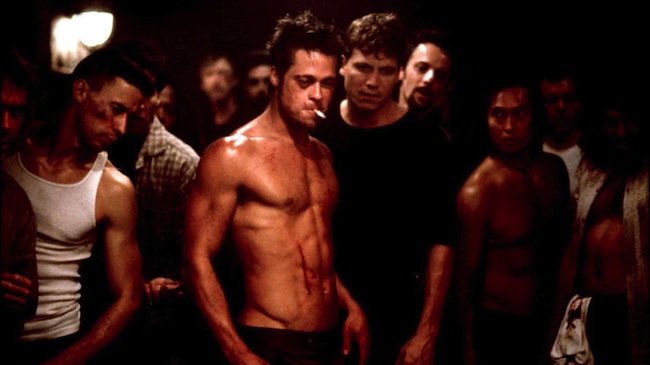
The Movie: David Fincher’s wry and subtle adaptation of Chuck Palahniuk’s nihilstic novel. An unnamed narrator sparks up a friendship with the charismatic Tyler Durden, who causes him to rethink capitalism and reconnect with fellow males of his generation - by fighting.
The Flop: The studio’s discontent with the finished product led to a redesign of the original marketing concept. Fox’s marketing department struggled to isolate its target audience, and generated a campaign solely based on the fight scenes in order to appeal to a specific male demographic. Their approach failed. Its US theatrical run brought in $37 million against its budget of $63 million.
How It Became A Cult Classic: The impact of the movie’s central message translated far better on the small screen. With the advent of DVD, it went on to become a defining classic of a generation, cleaning up $100 million on home video.
Blade Runner (1982)
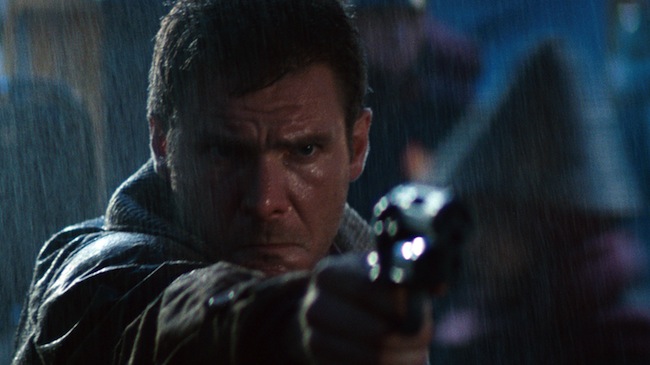
The Movie: Ridley Scott’s sci-fi noir epic set in a dystopian Los Angeles, follows one Rick Deckard (Harrison Ford), a special cop called a “Blade Runner” tasked with tracking down a rogue crew of genetically-engineered androids called Replicants.
The Flop: Released amidst a crowded cinema calendar, with big-buck sci-fi titles like Star Trek II: The Wrath Of Khan , The Thing and Spielberg’s E.T. , Scott’s moody noir might have boasted some of the coolest scenery and jaw-dropping reveals - but it just didn’t draw ‘em in. Critically divisive, the movie brought in $33 million on a budget of $28 million.
How It Became A Cult Classic : One of the first examples in proving the power of home video, after gaining an international following it eventually found its audience on VHS and DVD. It has since been heralded as one of the greatest sci-fi films of all time.
The Big Lebowski (1998)
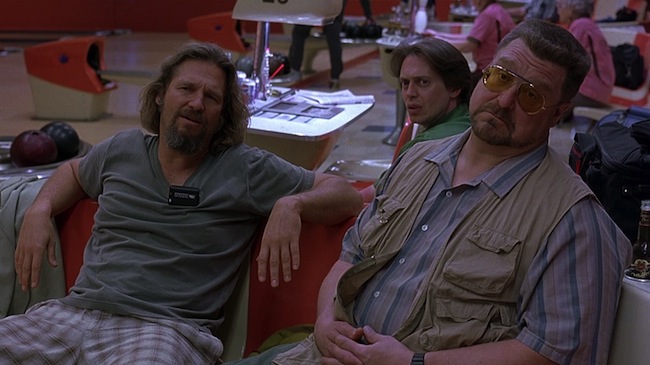
The Movie: The Coens’ complex story web circles around Jeff Bridges’ iconic slacker, The Dude. In a case of mistaken identity, The Dude is hired by a millionaire to deliver his wife’s ransom. The plot brilliantly showcases the Coens’ keen ability to marry comedy with the esoteric.
The Flop: While it recouped its budget, it failed to ignite the box office and rake in its projected earnings. Opening weekend it took $5.53 million, landing in sixth place for the week.
How It Became A Cult Classic: Unleashed on home video during the rise of the DVD format, the flick garnered a following due its increasingly quotable dialogue, bizarre dream sequences and idiosyncratic characters. The Dude’s way of life has since inspired its own religion.
Rocky Horror Picture Show (1975)
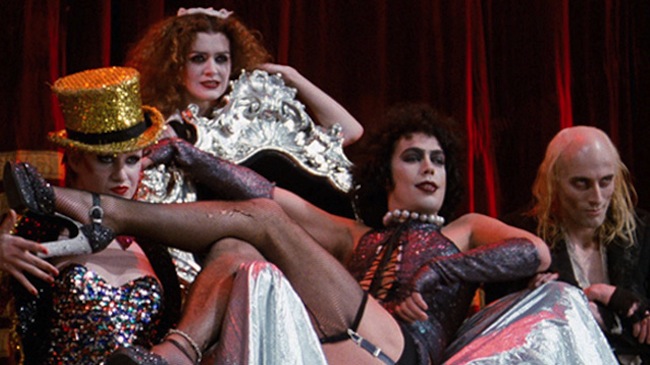
The Movie: A kitschy riff on classic horror and sci-fi complete with a string of catchy musical numbers. Susan Sarandon and Barry Bostwick play a young couple with car trouble, who are introduced to Dr. Frank-N-Furter (a flamboyant Tim Curry) and his eccentric lifestyle.
The Flop: Originally released in only eight cities during its first weekend in 1975, it brought in a paltry $22,000. Due to its low numbers, it was yanked from theatres.
How It Became A Cult Classic: The pioneering yardstick by which all other cult movies are compared, Rocky Horror gained traction in the counterculture the following spring with its first run of midnight showings in New York City.
It wasn’t long before midnight screenings sprouted all across the U.S. Fans turned out in droves. Kitted out in campy outfits, audience participation was born! Folks danced the Time Warp in their seats, all the while shouting and singing at the screen.
It holds the title for longest running movie in continuous theatrical release to this day.
Gem Seddon is GamesRadar+'s west coast Entertainment News Reporter, working to keep all of you updated on all of the latest and greatest movies and shows on streaming platforms like Netflix and Amazon Prime. Outside of entertainment journalism, Gem can frequently be found writing about the alternative health and wellness industry, and obsessing over all things Aliens and Terminator on Twitter.



